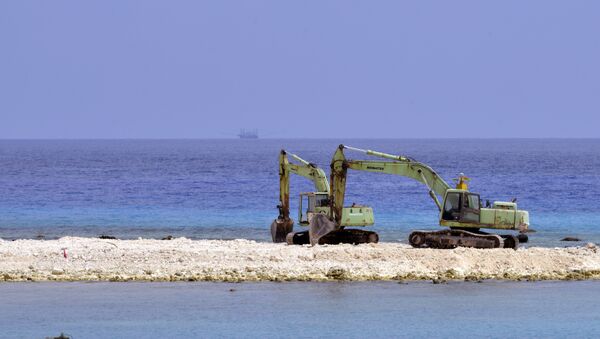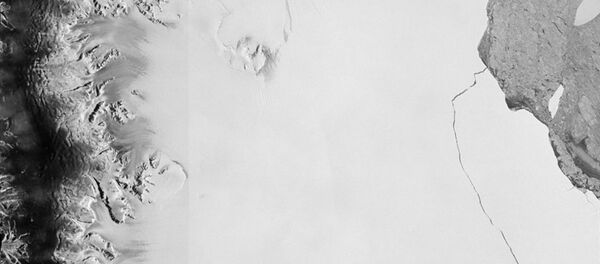The natural gas hydrates, exposed at two points on the seabed 1,100 meters below the sea, were discovered by a deep-sea laser probe carried by the unmanned submersible “Faxian.”
Statistics show that the rapidly generated natural gas hydrates contain substantial amounts of free gas such as methane and hydrogen sulfide. It is also the first time for scientists to reach the conclusion through in-situ data of Raman spectra.
The scientific result has been published in the scientific journal Geochemistry, Geophysics, Geosystems on Friday.
This article was originally published in Huanqiu.


